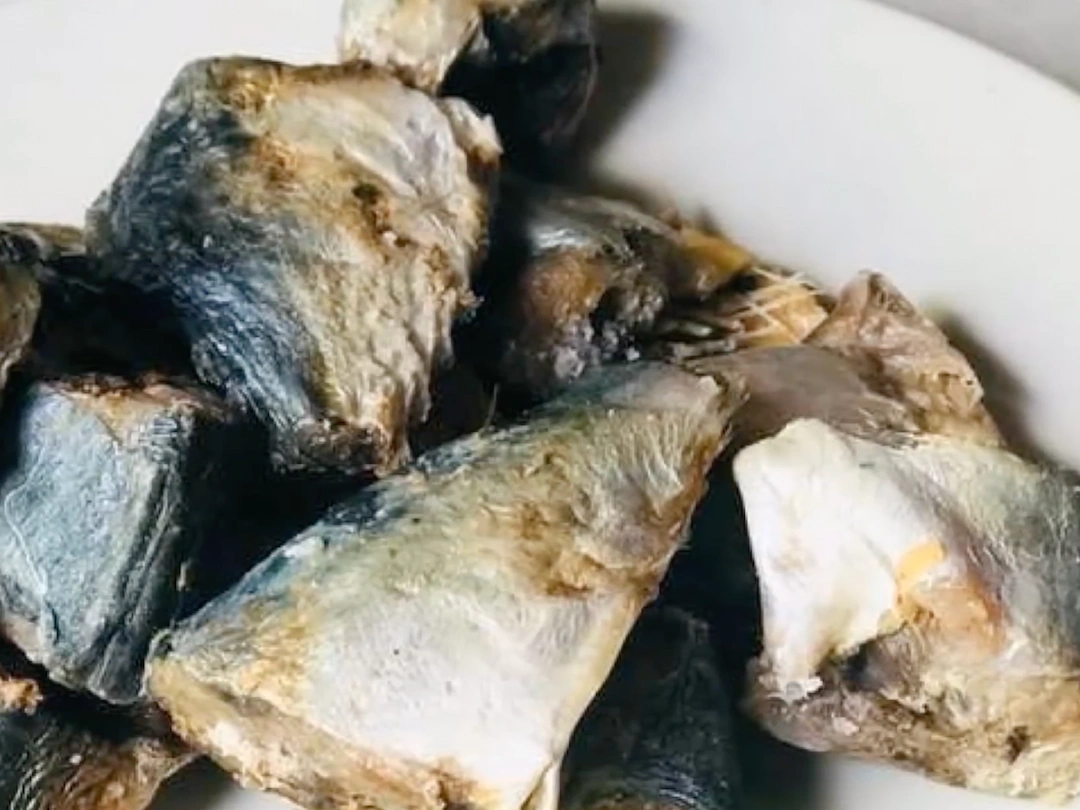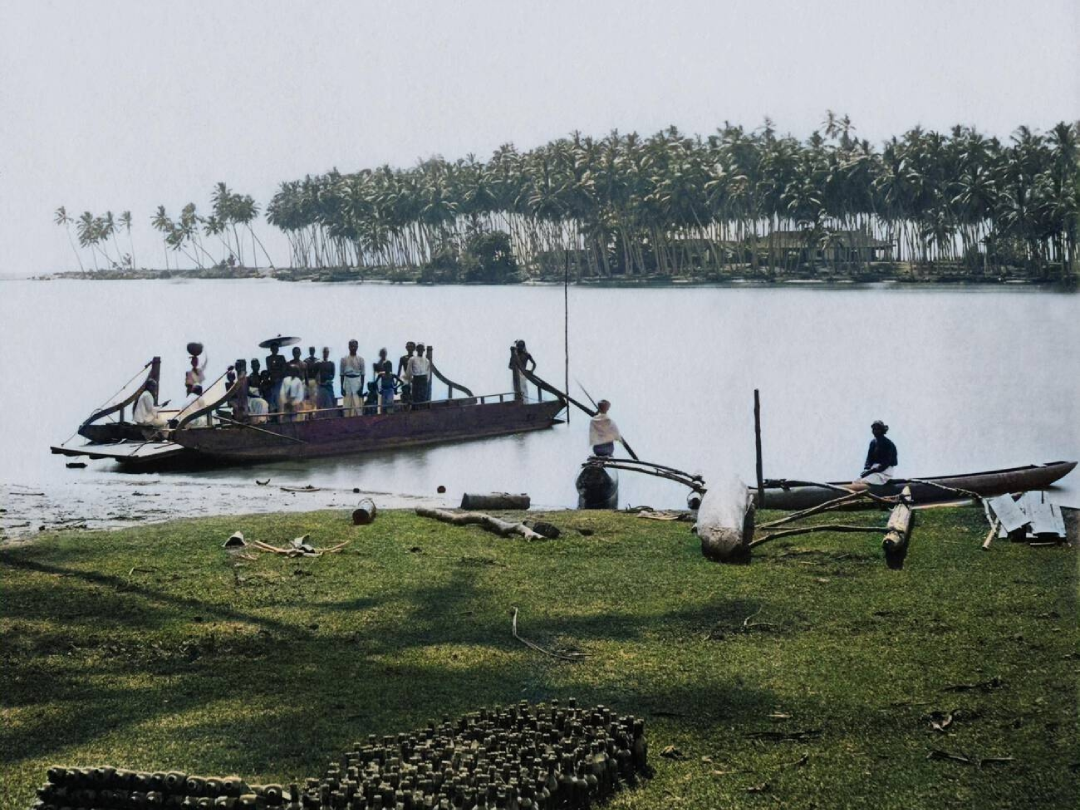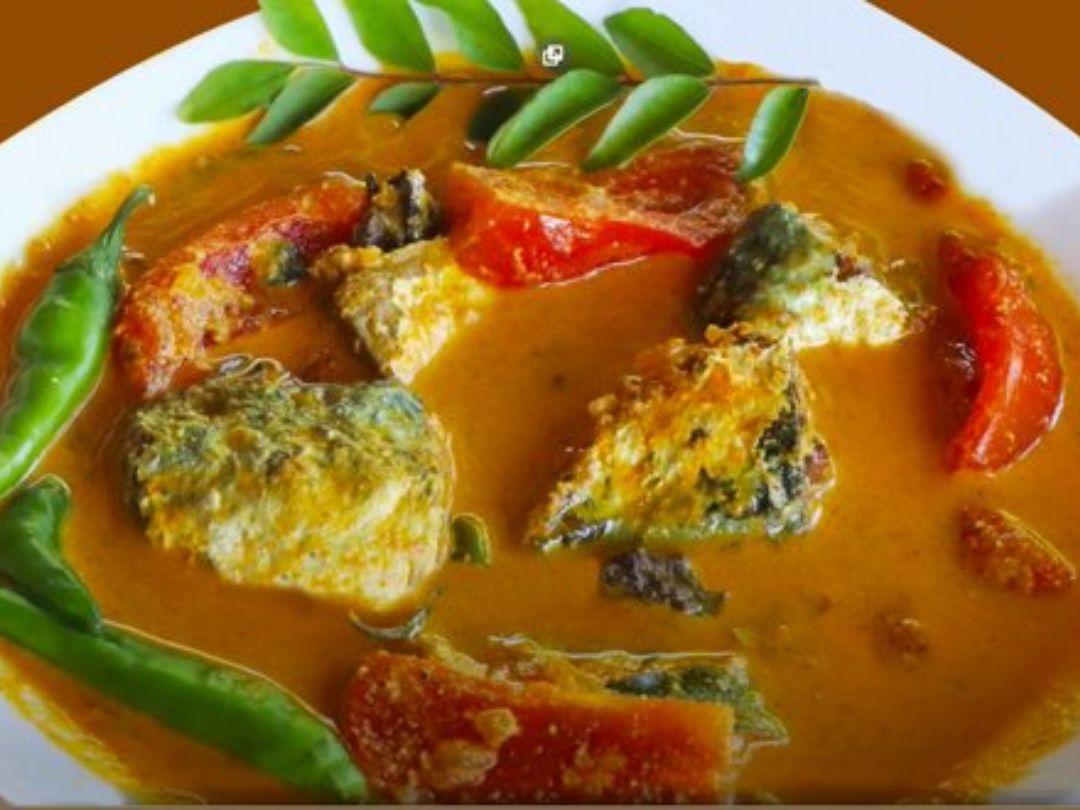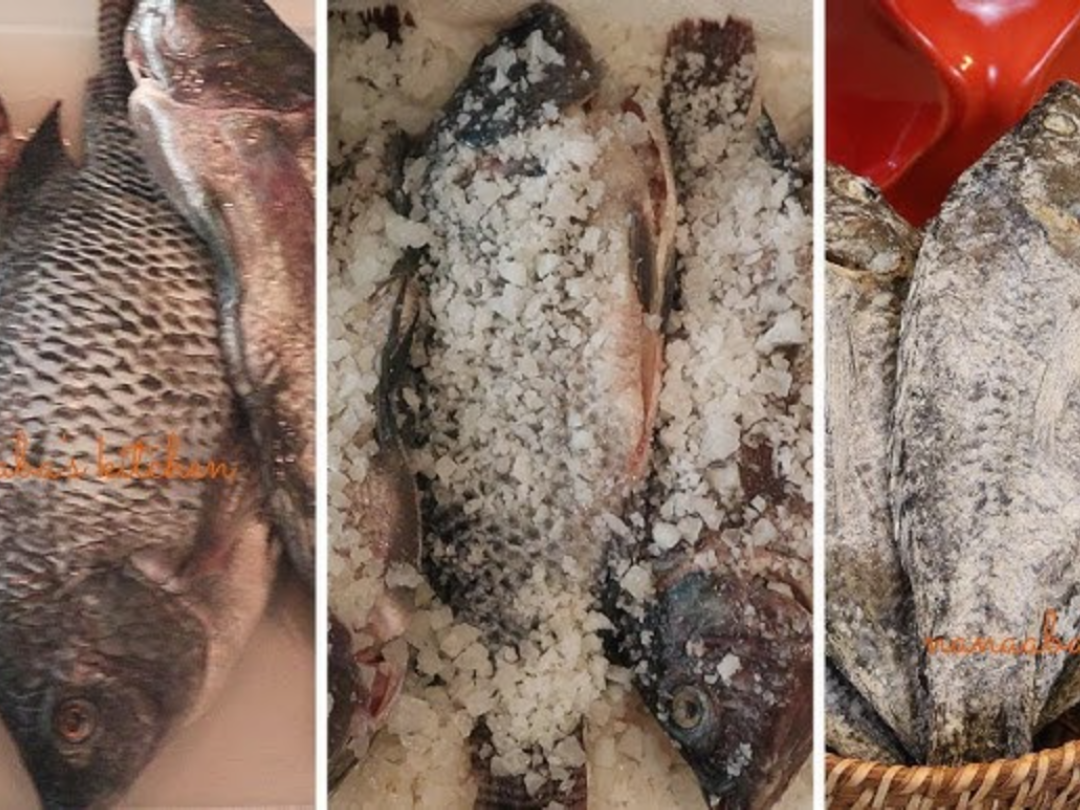Have you ever wondered how people preserved food before refrigerators? In Sri Lanka, particularly along the coast, the answer lies in an age-old tradition called jadi, which is a unique way of preserving fish in clay pots.
Right now, Negombo is famous as a tourist paradise, but it was also famous in the past because of its fishing culture and the Negombo Fish Market. At that time, almost every household in Negombo had a jadi pot, a staple in coastal kitchens.
Fish wasn’t just a food source; it was an integral part of life, and preserving it meant survival. With no modern technology, they developed clever ways to keep fish edible for months. The Traditional Jadi Process
Preserving Fish Without Refrigeration

Jaadi is a traditional fermented fish product that holds a special place in the coastal communities of Sri Lanka.
After a day of fishing, the catch would be cleaned and prepped. They carefully cut the fish, washed it in seawater, and layered it in a clay jar with generous amounts of salt and a Garcinia morella, locally known as Goraka, to keep everything fresh.
Once the jar was full, it was sealed with a clay lid called a hatti, keeping the air out. In about a month and a half, the fish was ready to eat, perfectly preserved and full of rich flavors.
Sometimes, strong winds would threaten to spoil the precious jadi. Worms were a constant worry. So, people got creative. They sealed the jars with clay and even placed them in smokehouses to ward off any unwanted pests. Back then, Sri Lankan locals used to keeep Jadi Muttiya near their Wood stoves.
It’s pretty impressive how resourceful people can be when they’re trying to protect their food. And once the jadi was ready, it was a simple pleasure to enjoy it with rice, especially when spiced up with a few jadi kochchi peppers for an extra kick.
The Role of Jadi in Ferry Culture
Ferry boats played a massive role in connecting coastal communities, especially transporting daily essentials like rice, flour, copra, and, of course, jadi. The ferry culture that emerged around ports like Halawata and Negombo was vibrant.
These ferries were lifelines, floating down the Hamilton Canal, turning at the estuary, and linking up with the famous Jadi Ela. Yes, you read that right—a part of the Hamilton Canal got its name because of its close connection to salted fish and Jadi.
The Renda market near the Jadi stream was a hub of activity, where passengers would pay just 2-3 cents to catch a ride to Colombo. Those ferries were the arteries of trade and life, ferrying goods to government offices and private businesses, even making their way to Beira Lake.
Markets and Ferry Practices

Ferry boats were crucial in connecting coastal communities and transporting daily essentials like rice, flour, copra, and jadi. – Chronicle / Alamy Stock Photo
Every ferry had its own caretaker, known as a Tandale, who managed a team of four or five helpers. These ferrymen lived on the water, sometimes traveling for days at a time, and their lives were intertwined with the rhythm of the ferry.
They even had their own specialty dish, “ferry rice,” a simple but delicious steamed rice that gained a bit of fame at the ports. Pregnant women at the port were even known to eat this rice when they had fevers, often pairing it with a flavorful copra sambola and paru bat jadi.
The Origins of the Word Jadi
The word jadi isn’t a Sri Lankan term. It has roots in several Indian languages, too, all meaning some kind of large container or jar. These jadi jars, with their narrow mouths and wide bodies, protected the fish inside and the knowledge and skills passed down through generations.

Jadi hooda is a flavorful fish curry made using the traditional fermented fish known as jadi. – mahamegha.lk
It’s fascinating how a simple object like a jar can carry so much cultural weight. The phrase “jadiyata mudiya” is a testament to this tradition, reflecting how integral jadi jars were in preserving not just food but a way of life.
While some may argue that jadi has Indian influences, its true home is the southern coast of Sri Lanka. Unlike Dravidian regions, where tamarind is the go-to for sourness, southern Sri Lankans use goraka, a local souring agent. The technique for preserving fish with snoring, a unique process in Sri Lanka, sets it apart from other curing methods around the world.
Fish Types and the Process of Jadi Preservation

In the past, nearly every household in Negombo had a jadi pot, a staple of traditional coastal kitchens. – Youtube.com
When it comes to making jadi, not all fish are created equal. Herring is considered the best for this process, though other fish like balla, kumbala, thora, and balaya work too. The choice of fish often came down to income. Wealthier families preferred herring-based jadi, while those with tighter budgets opted for balla or kumbala fish. Shark, being too oily, wasn’t suitable for jadi, but larger fish like thora could be sliced and layered for preservation.
The process itself is an art. First, fresh fish is brought in from the shore, cleaned in salt water, and gutted. Salt cubes and dried snoring are essential ingredients, layered carefully between slices of fish in a dry clay pot.
The pot is then covered and stored in a cool, dry place where the salt works its magic. After about a month, the salt draws out moisture from the fish, preserving it in a process known as Asruthiya. It’s a slow transformation that turns fresh fish into the rich, flavorful jadi that coastal Sri Lankans know and love.
Challenges Quality Issues in Modern Jadi Production
In the old days, a maggot on a jadi jar was not the end of the world. Some people removed them and still ate them, but now that’s not going to cut it.
A survey and research done in the year 2000 revealed that a significant portion of jadi samples were contaminated, especially in places like Negombo, where maggot infestation was a real problem.
Out of the 40 samples tested, 30% were deemed unfit for consumption due to poor hygiene practices. Over 33% of the samples had bacterial counts that were way above acceptable limits, thanks to improper cleaning and insufficient salting.
This isn’t just a minor inconvenience. For a product that has been a part of coastal culture for generations, these lapses in quality are alarming. People rely on jadi not only for its flavor but also for its ability to last without refrigeration. When that trust is broken by contamination, it threatens the very survival of this traditional method.
So what’s the solution? The answer lies in going back to the basics—better hygiene, more meticulous cleaning, and ensuring that the right amount of salt is used in the curing process. The fermentation period should be long enough to fully preserve the fish, and storage conditions need to be strictly controlled to prevent spoilage.
It’s all about striking the right balance between traditional and modern hygiene standards. By doing so, jadi can continue to be a beloved coastal delicacy while also meeting today’s expectations for food safety.
